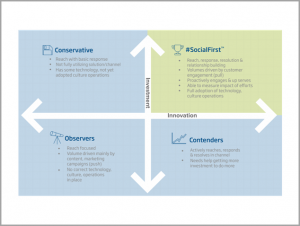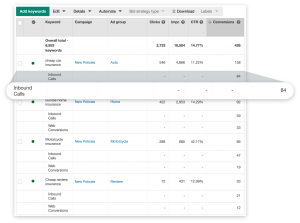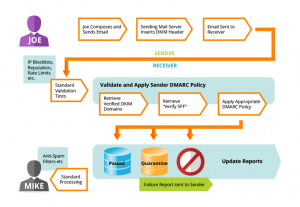Shutdown averted—again!
The government funding bill that was passed overwhelmingly by the House of Representatives on Tuesday passed the Senate late on Wednesday and headed to President Biden for his signature. That will keep parts of the federal government funded until January 19, 2024, and others until February 2, in an unorthodox two-part continuing resolution.
While the nuts and bolts likely don’t concern too many Americans, the fact that a government shutdown has been averted—for the second time in as many months—likely does. And the specter of ongoing shutdowns is evidently starting to wear thin: 75% of Americans say it’s unacceptable for members of Congress to even threaten to shut down the government in order to achieve budget-related goals, according to a recent NPR/PBS NewsHour/Maris poll. That same poll shows that 49% of Americans blame Congressional Republicans for the current logjam, compared to 43% who blame Democrats.
Even as this current shutdown is averted, the threat of another shutdown is only a couple months away. “There’s not going to be a shutdown this time,” says Kyle Kondik, director of communications at the University of Virginia’s Center for Politics and the managing editor of Sabato’s Crystal Ball, the institution’s election-focused newsletter. “This will kick the can down the road until January or February—there’s always the possibility of a shutdown later on.”
Kondik says the seeming increase in government shutdowns—or threats of them—is a relatively recent phenomenon. A blend of factors has led to shutdowns becoming a “negotiation tactic,” he says, “which is why it’s happening more often.” Further, he says that former Speaker of the House Newt Gingrich, who presided over two government shutdowns in the mid-1990s during the Clinton administration, is perhaps the individual most responsible for introducing shutdowns into the Congressional negotiator’s toolbox.
“Generally speaking, the shutdown is a tactic we associate now with Republicans because they see it as a way to get their way during times of divided government,” Kondik says, pointing out the notable exception in 2018. That year, the government shut down for 35 days during the Trump administration, when Republicans were in control of the House, Senate, and White House.
But back to Gingrich: “Gingrich was an advocate of confrontation,” Kondik says. “He advocated more conflict within the system rather than working as a minority party.”
Kondik’s assessment is echoed by other experts, including Todd Belt, professor and political management program director at George Washington University, who says that Gingrich was also able to utilize cable TV (and more recently, social media) to create chaos in the system.
Accordingly, shutdowns are being used more often due to “a decline in the power of political parties to keep their members in line,” Belt says, pointing to Representative Matt Gaetz, a Florida Republican, as a recent example. Gaetz almost singlehandedly was able to topple Kevin McCarthy’s speakership in recent months.
Belt notes that while the previous speaker, California Democrat Nancy Pelosi, was able to keep her caucus in line, she paid the price: agreeing, quietly, to step down from the party leadership to make way for current House Minority Leader Hakeem Jeffries, who is next in line for the speakership if Democrats retake the House in 2024.
With that, he says, a strong speaker who can whip their caucus into shape is one thing that can prevent shutdowns. But Republicans have, in recent years, lacked such a leader.
“The system, as it is now, provides an incentive to go against the party,” he says, and “individuals don’t feel as attached to the party—if you’re going to get on camera and say that you’re going to fight and refuse to comprise, then it’s difficult to not take that stance behind closed doors. They paint themselves into a corner.”
As such, it’s a blend of closely divided government (such as having a fragile majority in the House, as Republicans currently do) and big personalities that may be to blame for the increasing frequency of shutdowns, or threats of them. As for what could prevent shutdowns going forward? Belt says it comes down to two things.
“Large majorities and strong speakers,” Belt says.
(0)








